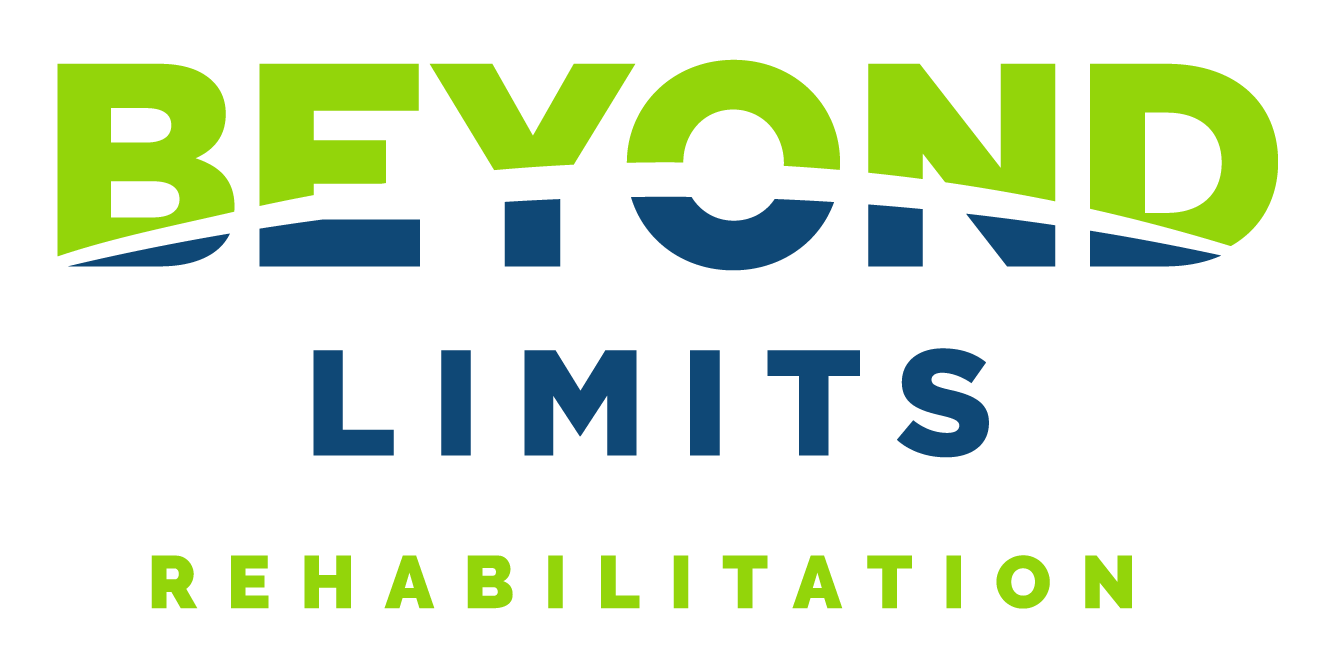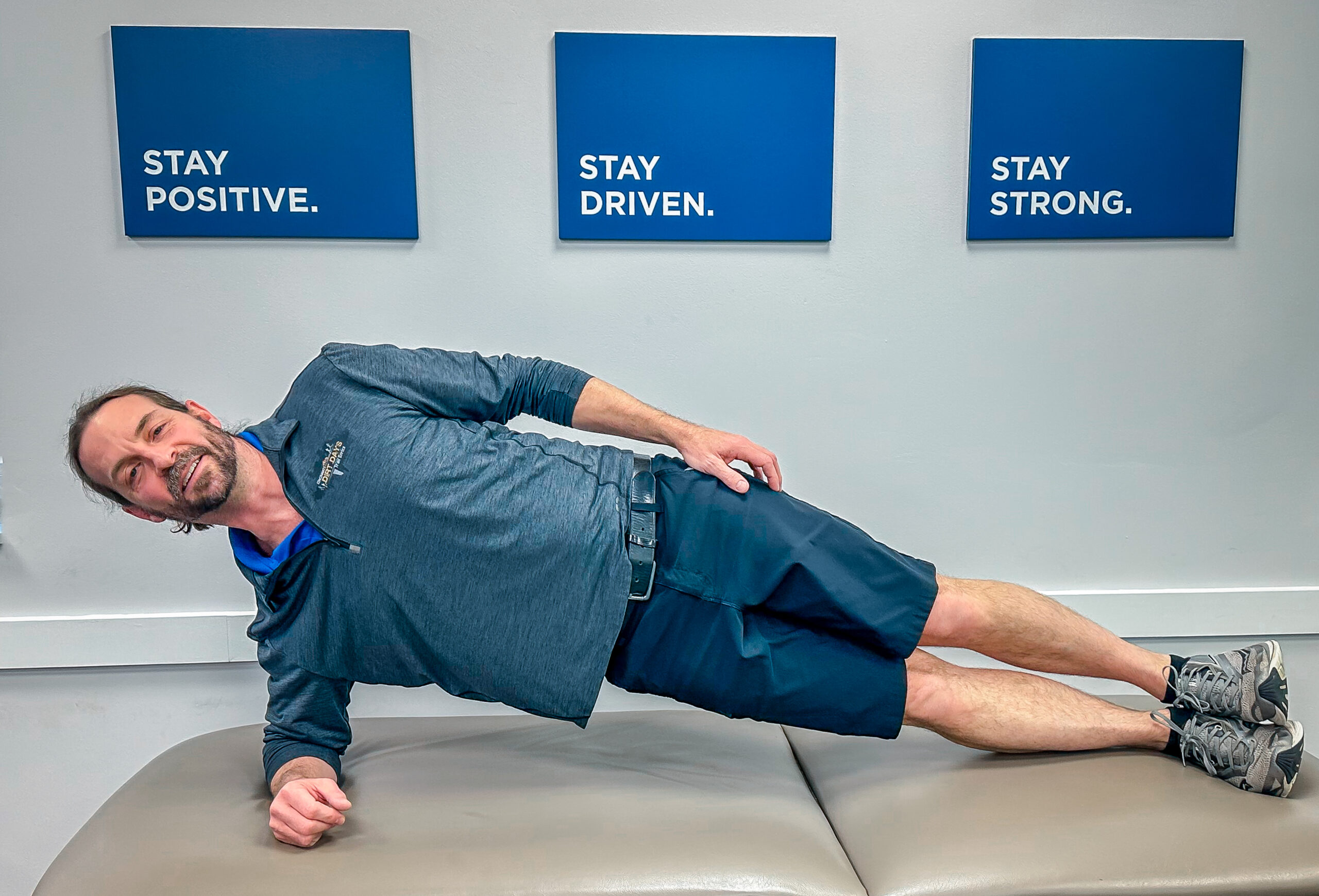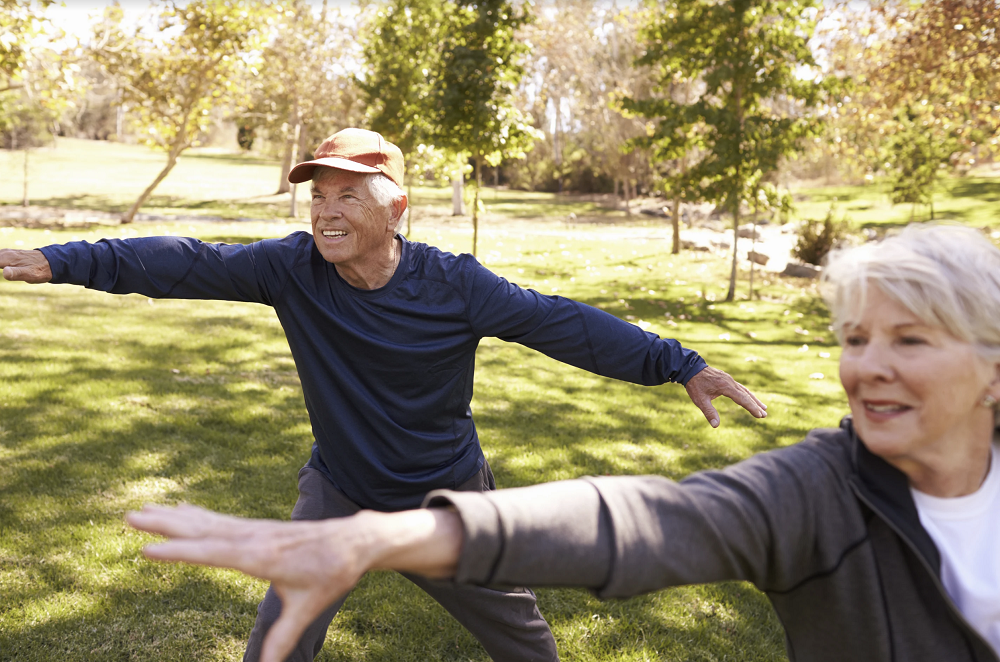Balance disorders are very commonly treated at Beyond Limits Rehabilitation. They can occur from weakness of muscle groups, neurological conditions, or even as a symptom of aging. Here is some information about balance, and some tips for home exercises to improve your balance.
Static Balance – Keeping your balance while not moving, but can be challenged in sitting or standing (i.e. standing still)
Dynamic Balance – Maintaining balance while moving (i.e. walking)
o Anticipatory Balance – Keeping your balance when you initiate a change in body position or movement (keeping balance while throwing a ball)
o Reactive Balance – Catching your balance when reacting to an outside force which changes your body position (balancing after being bumped into by someone)
Each of these types of balance can be challenged through balance exercises. A good balance exercise should be difficult enough that there are occasional failures, but arranged in a way that it is still safe. Our sense of balance can be improved specifically by the act of reacting to losses of balance.
Good balance training is not to train the person to avoid losing one’s balance, but to learn how to react to a loss of balance.
You can challenge yourself by how long you can hold a certain position, such as standing with feet close together, or in heel to toe position. Check yourself with a stopwatch, and beat your previous best! If that’s too easy, choose a more difficult position. With a partner, challenge each other! Try combinations!
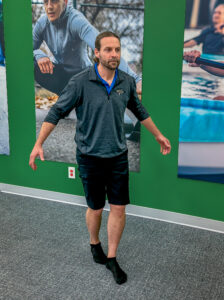

· Feet together
· Heel to toe
· Single leg stance
· Soft surface (folded bath towels)
· Ball toss
· Closed eyes
· Trunk rotations
Furthermore, strengthening the core and lower extremities can also improve balance reactions. If standing with feet positioned heel to toe is particularly difficult for example, it may be directly related to weakness of the gluteus medius muscle. The following exercises are appropriate examples which target this and related muscle groups:
· Sidelying Leg Raise
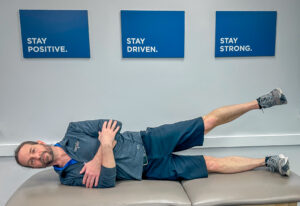
· Side Plank

These are just examples which may or may not best apply to your specific situation. These exercises are modifiable if they are either too easy or too difficult for you. A more formal evaluation with one of our Physical Therapists would help determine a clarified diagnosis and therefore also interventions which would be tailored to your unique situation and ability level.
Don’t be afraid to challenge yourself and good luck!
